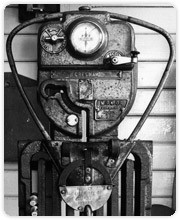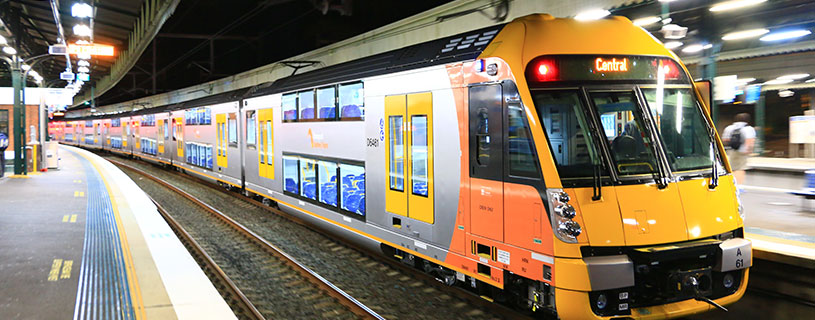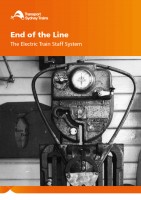
End of the line
The history of railways in New South Wales is a colourful one and signalling equipment has played a large part in making it safe.
One of the earliest single line signalling systems was the Electric Train Staff (ETS) System, a unique token system developed in England and introduced to Australia in the early 1890s.
Decommissioned in June 2014 following commencement of automated signalling on the South Coast line, this historic signalling system on the South Coast line was the last of its type on the NSW passenger network.
In 2014, Sydney Trains completed an oral history study to record this historic technology and safe working practice.
The project included:
- An archival video of the equipment in use.
- Oral recordings of interviews with staff and industry experts in the field of railway signaling.
- A report outlining the history and changes of technology using information and memories of those who participated in the program.
Image

Image controls:
End of the Line video
Duration: 17 mins
Transcript (PDF, 171KB)
In modernising signalling systems from Kiama to Bombaderry, one of the last examples of early signalling technologies in NSW, the ETS was decommissioned in 2014. The oral history study was completed to record this historic technology and safe working practice including video footage in its last month of operation and interviews with staff and railway experts.
Produced by: Cinetel Productions Pty Ltd
Highly commended in the 21st annual National Trust Heritage Awards
Highly commended in the National Trust of Australia NSW 2015 Heritage Awards.
The Minister of Environment and Heritage, the Hon. Mark Speakman MP, opened the 21st annual National Trust Heritage Awards on 13 May 2015. The awards celebrate and promote excellence in heritage projects across NSW.
At the 2015 awards, Sydney Trains' 'End of the Line' oral history project was recognised with a 'highly commended' award certificate for Heritage Recordings.
Image

Image controls:



